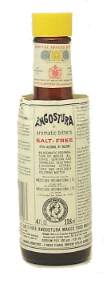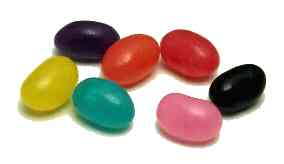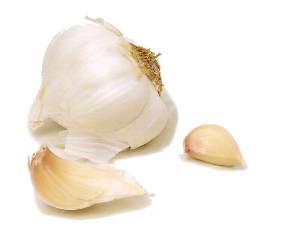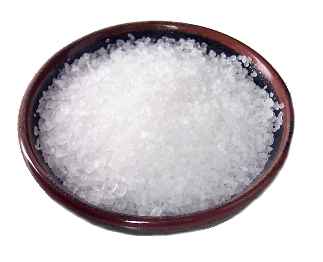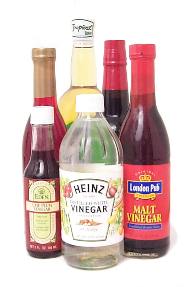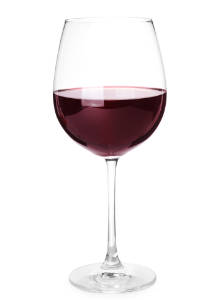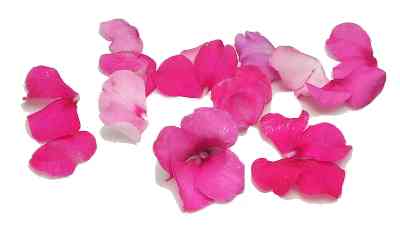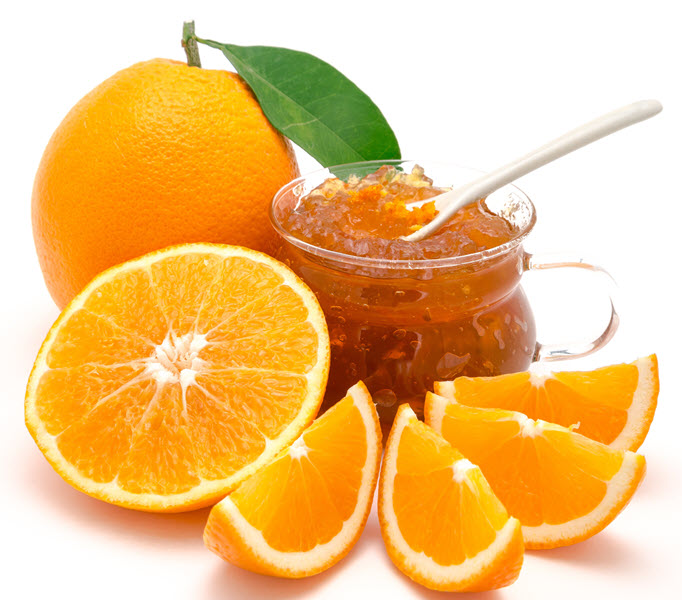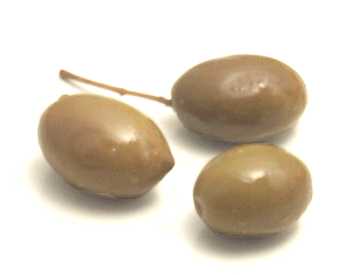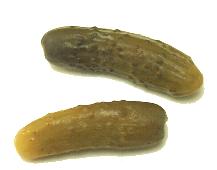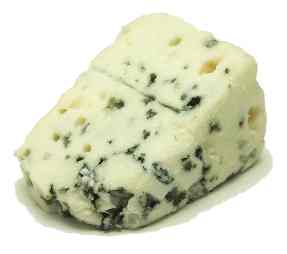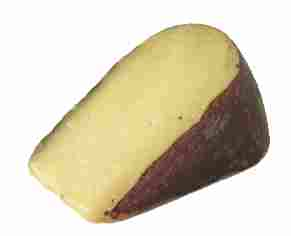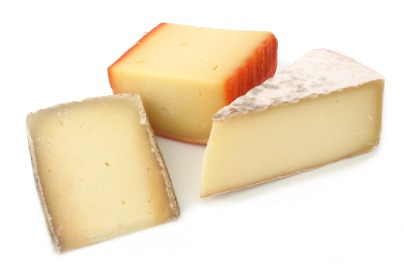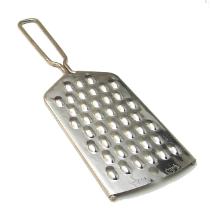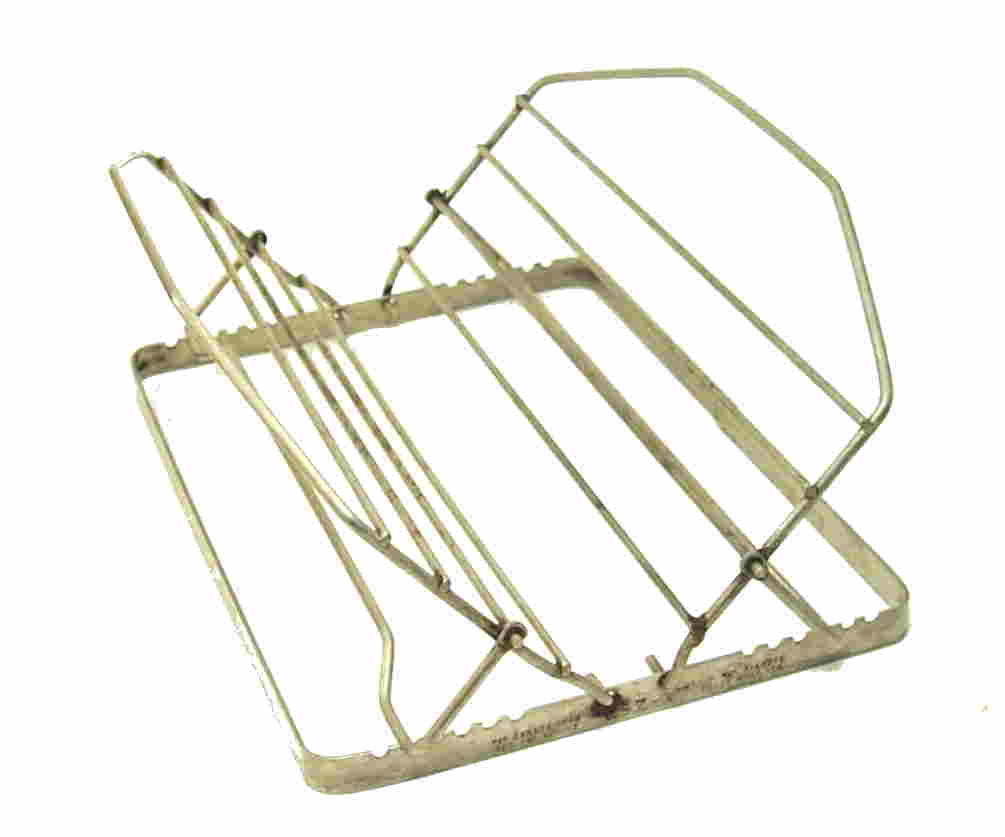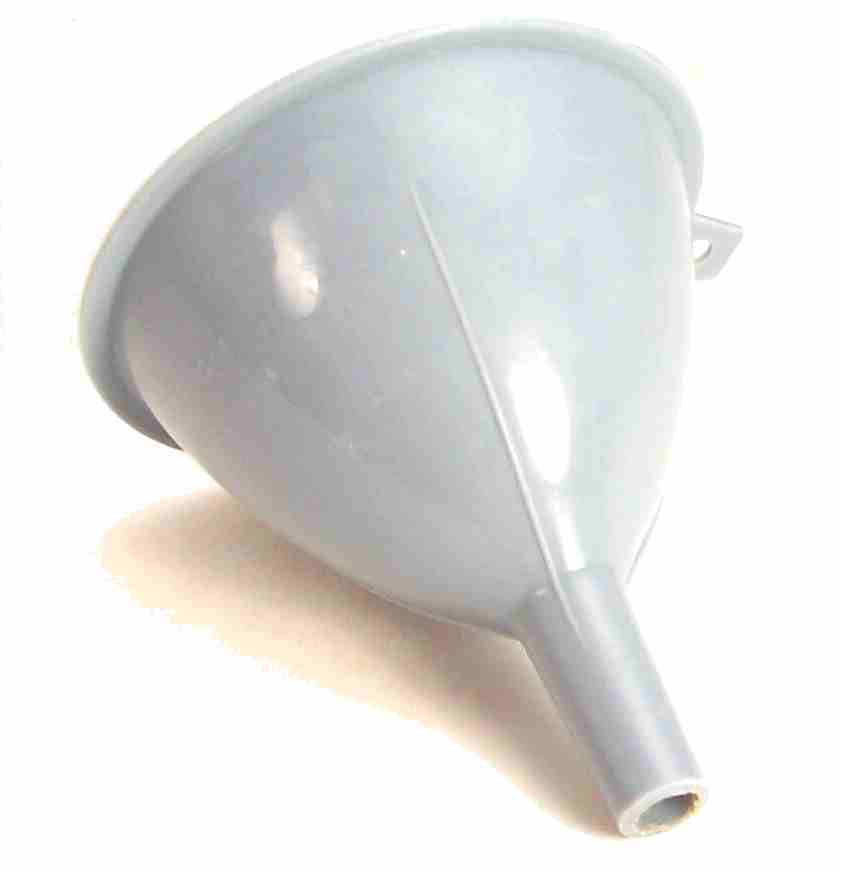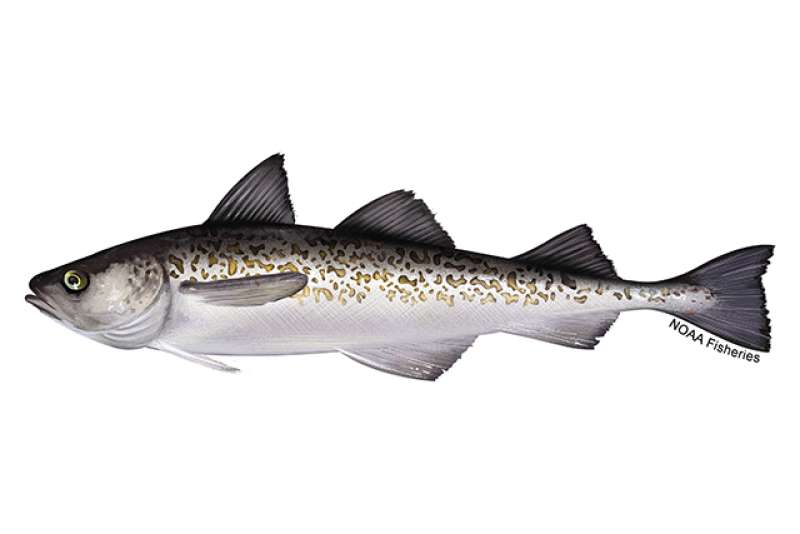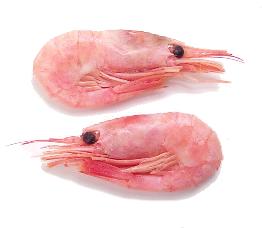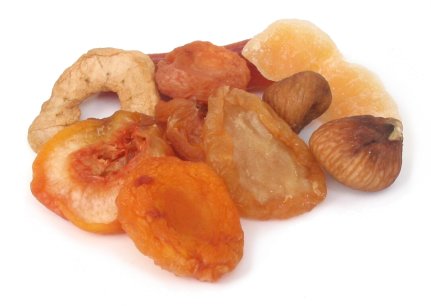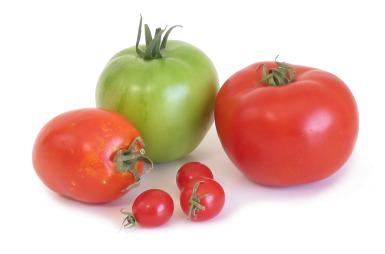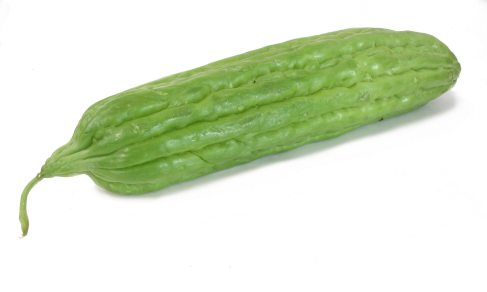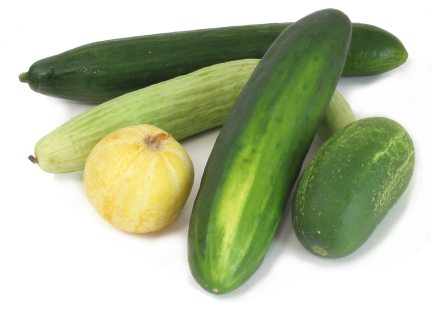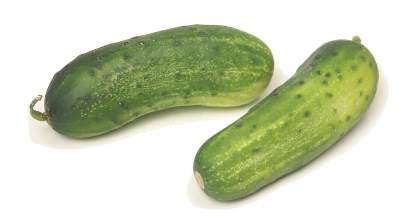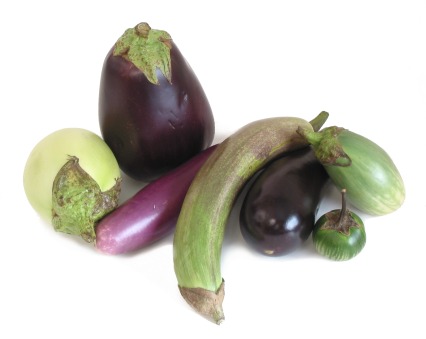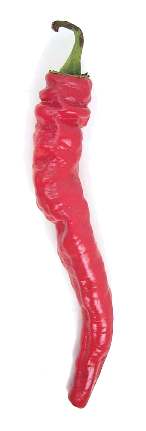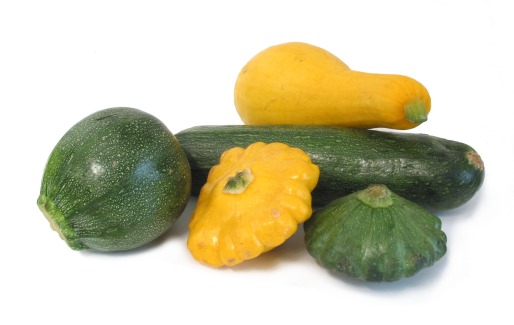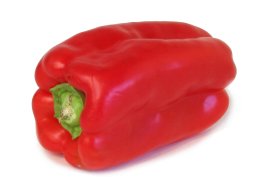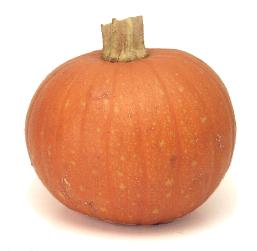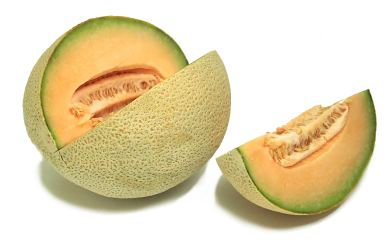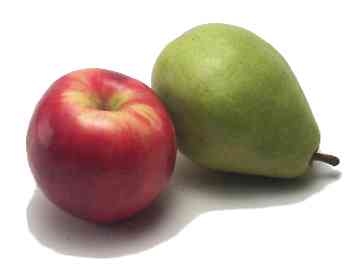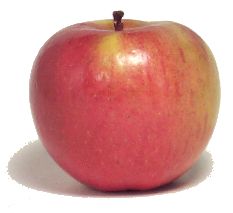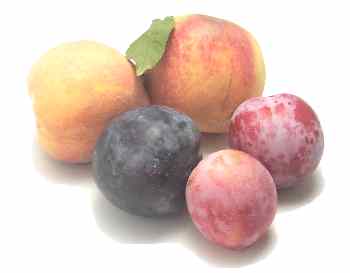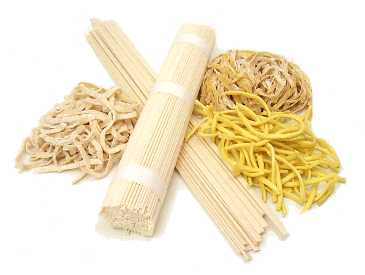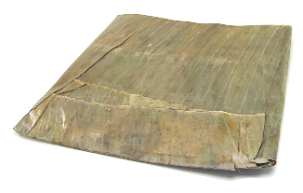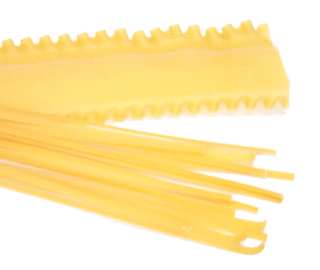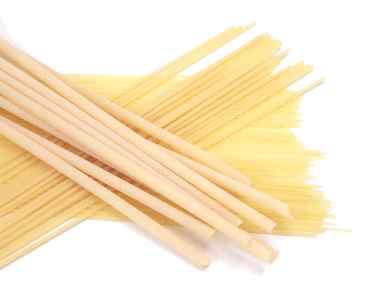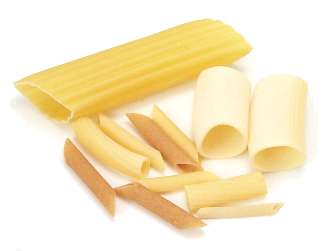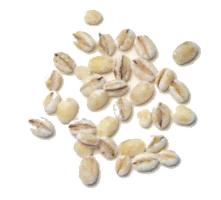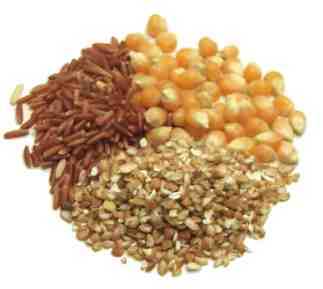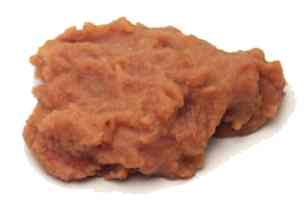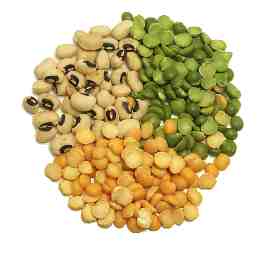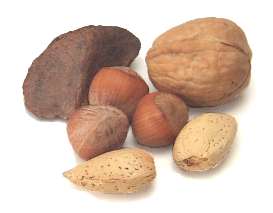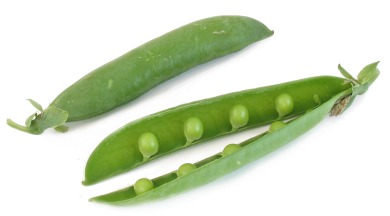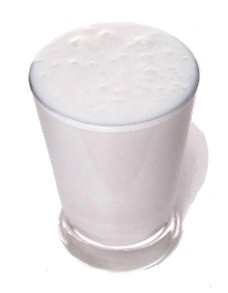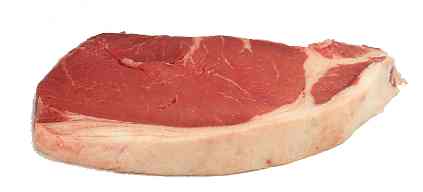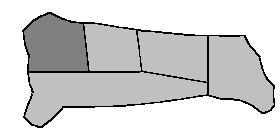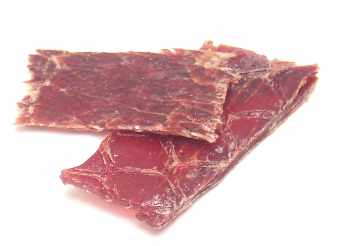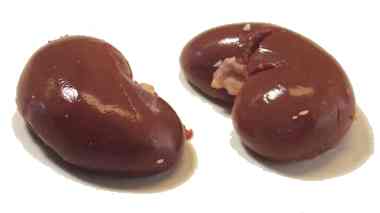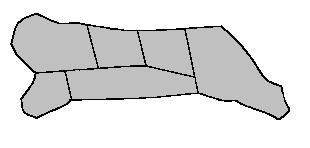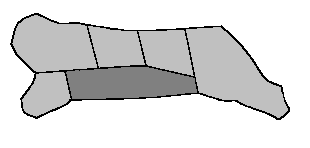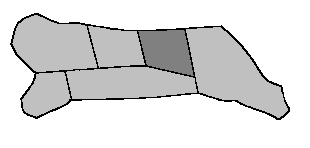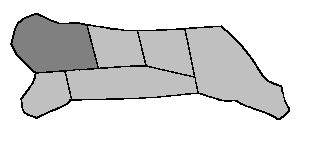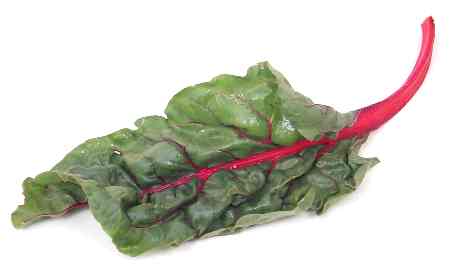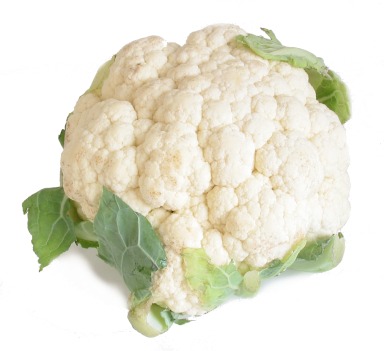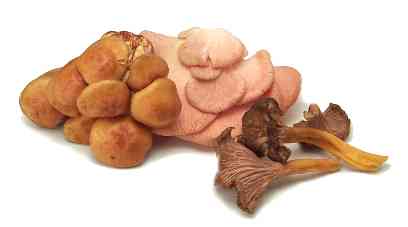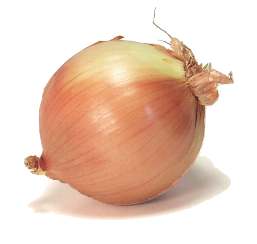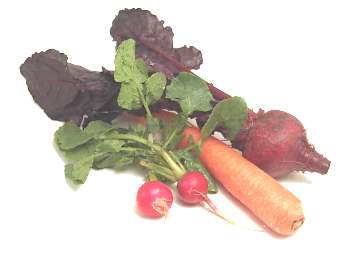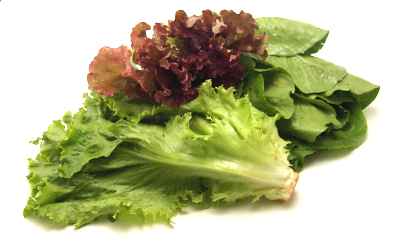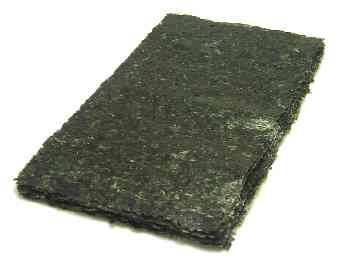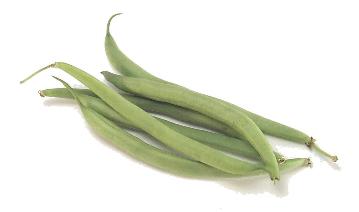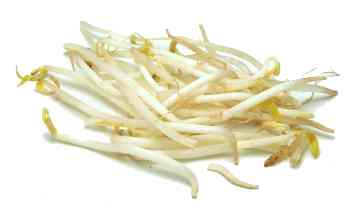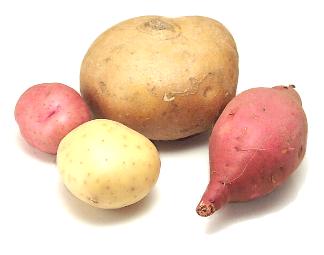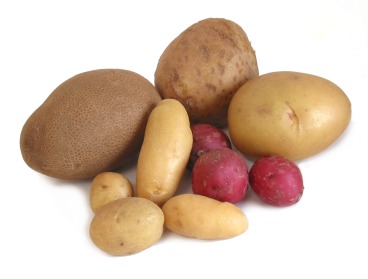Flavorings Category
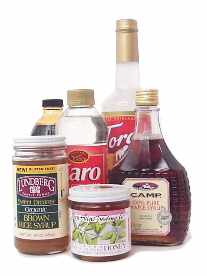
Includes sweeteners, herbs, spices, chocolate, and extracts.
Szechuan pepper salt
Szechuan pepper salt is a mixture of Szechuan peppercorns and salt ground together to make a fine powder. See the Chinese Salt Recipe posted on RecipeSource.com.
Learn moreSzechwan peppercorn
These aren't true peppercorns, but rather dried flower buds. You're most likely to encounter them as part of a mixture, like the Chinese five-spice powder or the Japanese shichimi togarashi. Toast Szechwan peppercorns briefly in a hot pan before using.
Learn moretable salt
Varieties include iodized salt, which contains the flavorless additive potassium iodide to prevent goiter (an enlargement of the thyroid gland), and non-iodized salt. Some recipes call for non-iodized salt, since iodine can impart a bitter taste and adversely react with certain foods. For example, iodine darkens pickles and inhibits the bacterial fermentation needed to make sauerkraut. Table salt also contains small amounts of calcium silicate, an anti-caking agent, and dextrose, a stabilizer. The anti-caking agent in both iodized and non-iodized salt doesn't dissolve in water, so if you pickle or can with it, it will turn the liquid cloudy or else settle on the bottom of the jar. The preserved food will taste the same, mind you, but it won't look as appealing. This is more of a problem for pickles, which are immersed in lots of liquid, than for other canned goods. To prevent the cloudiness, use pickling salt, which contains no additives.
Learn moretable wine
Table wines are intended to be served with meals, and they're often classified by color: red, white or rosé.
Learn moreTajín
Tajín is a Mexican dried spice mix with salt, chilis and dehydrated lime juice. It is often sprinkled on fruit. Tajín is also the name of the company. Tajín is its most popular product.
Learn moretamari
Tamari is a type of soy sauce made only from soybeans, no wheat. It is less salty and thicker than traditional soy sauce. It is often gluten free.
Learn moretarragon
The French are especially fond of this aromatic, anise-like herb. They often use it to flavor delicately flavored foods like eggs, fish, cheese, and chicken, and it's an indispensable ingredient in sauce béarnaise and in the herb mixture the French call fines herbes. Use it sparingly--a little goes a long way. Frozen tarragon is an excellent substitute for fresh, but use the dried version only in a pinch.
Learn moretarragon vinegar
This popular herb vinegar is used to make Béarnaise sauce and vinaigrettes. It's easy to make at home. Just put one or two sprigs of clean, fresh tarragon in a bottle of warm white wine vinegar, tightly seal the bottle, and let it stand for at least a few days.The sprigs will eventually become bitter, so remove or replace them after a few weeks. Make sure that the vinegar you use has an acidity level of at least 5% (this information is given on the label). Don't add too much tarragon to the bottle, or you may reduce the acidity of the vinegar so much that it loses its ability to preserve.
Learn moreThai basil
Thai basil has purple stems and flowers. It has a milder flavor than holy basil.
Learn morethyme
This herb is widely used in Mediterranean countries to flavor stews and meat sauces. It's often used in combination with other herbs, like rosemary, parsley, and oregano. Use dried thyme only in a pinch--fresh thyme is far more flavorful.
Learn moretia to
These leaves are purple on one side and green on the other. They have a pleasant, peppery flavor that tastes a bit like cinnamon. Vietnamese cooks often add them to soups at the last minute.
Learn moreTokaj wine
Ordinary Tokay table wine is mediocre, but some Tokay grapes are affected by Botrytis cinerea, a fungus that pokes holes in their skins and makes them shrivel on the vine. This concentrates the sweetness and makes for an exquisite dessert wine. Look for bottles labeled Tokay Aszú, the Hungarian name for botrytised Tokay wine.
Learn moretomato paste
Tomato past is made by reducing tomatoes to a thick paste and filtering out the skins and seeds.
Learn moretomato sauce
Tomato sauce is thinner than tomato paste and tomato puree. In Australia what Americans call catsup is often called tomato sauce.
Learn moretomatoes canned
Canned tomatoes include whole peeled, diced or crushed. They usually contain seeds. They may need to be strained to remove the seeds and extra water.
Learn moretonka beans
Tonka beans are the seeds of the Brazilian teak tree. They are black with a brown interior. Grated into desserts and stews in small amounts, they impart a complicated flavor mix of vanilla and almond. Tonka beans contain small amounts of coumarin, a chemical that can cause liver damage. It is now believed that in small amounts, it is not dangerous.
Learn moretonkatsu sauce
This Japanese condiment is used to make yakisoba. Bull Dog is a popular brand.
Learn moretreacle
Treacle is the British version of molasses, and it's a close substitute. Varieties include golden syrup=light treacle, which resemble light molasses, and dark treacle = black treacle, which is more similar to dark molasses.
Learn moretruffle oil
This is a secret ingredient of many chefs, who use it to impart the earthy taste and aroma of truffles to their dishes. There are two varieties: the mild white truffle oil and the more pungent black truffle oil. Both are delicious sprinkled on pasta, but the black truffle oil is better suited to meats and heavy sauces while the white is the best choice for fish dishes, cream sauces, and vinaigrettes. If you're cooking with it, add it at the very end to prevent the flavor from dissipating. Truffle oil is expensive, but a little goes a long way.
Learn moretucupi
Tucapi is a yellow sauce extracted from manioc roots. It is used with rice and various meats like duck, fish and shrimp.
Learn moreturmeric
Turmeric has a pungent flavor, but it's more widely known for it's brilliant yellow color. You can find fresh roots in Southeast Asian and Indian markets, but dried ground turmeric is far more commonly used. Be careful when handling fresh turmeric--it can stain your hands and clothes.
Learn moreturmeric leaves
These are used in Indian and Southeast Asian dishes. There are no acceptable substitutes, just omit this from the recipe
Learn moreturmeric, ground
Turmeric has a pleasant enough flavor, but it's prized more for the brilliant yellow color it imparts to whatever it's cooked with. It's a standard ingredient in curry powders, pickles, and prepared mustards. Be careful--turmeric can stain your clothes.
Learn moreumeboshi vinegar
This Japanese vinegar is quite salty, and it has a distinctive, slightly fruity flavor. It's typically used in dips and salad dressings.
Learn more
